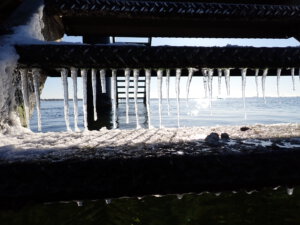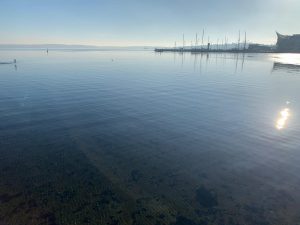
Currently reading Trundle et al. (2025) on “Beyond the Mirror: Challenging the Common Assumptions of Reflexivity in Qualitative Research”
In Dunnett & Glessmer (2025), we pushed back on the idea that listing identity facets was a good way to do positionality statements in publication or the classroom, and stress…























